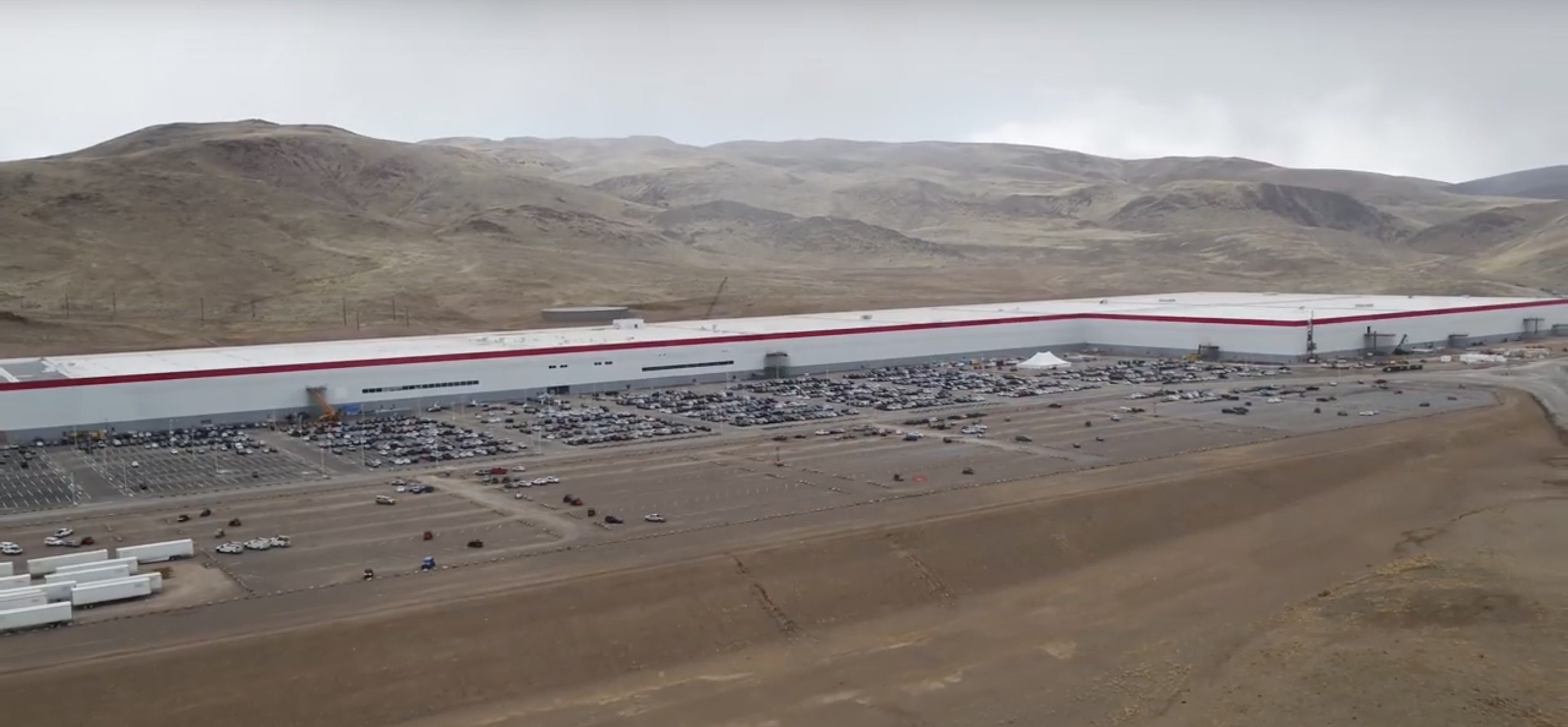
Panasonic, Tesla’s exclusive battery cell supplier for electric vehicles, is planning to increase battery cell production by 30% by the end of the year at Tesla Gigafactory 1.
The company says that ‘production at Tesla is gaining momentum’ and it needs to make sure not to become a bottleneck in the Model 3 production.
The Japanese electronics giant is the sole battery cell supplier for Tesla’s vehicles. It manufactures custom 18650 li-ion cells in Japan for Tesla’s Model S and Model X vehicles. The Model 3 cells are custom 2170 li-ion cells co-developed with Tesla and manufactured by Panasonic at Gigafactory 1.
Earlier this year, Panasonic said it was open to increasing its investment in the factory.
Tesla Gigafactory 1, which started in 2013, has already grown into the biggest battery factory in the world with an annual production capacity of over 20 GWh.
But they need to more than double that over the next year alone in order to support Tesla’s ambitions.
Now Japanese media Nikkan is reporting that Panasonic is planning to increase its battery cell production capacity by 30% at the plant by the end of the year with three new production lines for a total of 13.
Panasonic Chief Financial Officer Hirokazu Umeda confirmed that production has gained momentum and they expect it to start being profitable by the end of the year:
“Production at Tesla is gaining momentum. We are ramping up a new (battery production) line now and expect the business to contribute not just to our revenue but also to our profit from the second half (starting in October).”
Interestingly, that’s also when Tesla plans for the Model 3 program to turn a profit.
Panasonic aims to bring the total battery cell production capacity to 35 GWh by the end of the year.
The current structure has a 1.9 million square-foot footprint. Including several levels, the factory currently has about 4.9 million square feet of operational space. This represents only ~30 percent of the planned completed Gigafactory, according to Tesla.
At 35 GWh, it would be producing at the originally announced production rate, but Tesla has since increased the planned total capacity to 105 GWh of battery cells and 150 GWh of total battery pack output.
The increase in capacity by the end of the year would support close to 10,000 Model 3 vehicles per week on its own – though Tesla doesn’t plan to achieve that until next year.
Panasonic’s battery cell production was never thought to be a bottleneck in Tesla’s Model 3 production until last month when CEO Yoshio Ito said that the recent Tesla Model 3’s production ramp is creating ‘occasional battery cell shortages’.
It looks like Panasonic is now making some adjustments to make sure it doesn’t happen during the second half of Tesla’s ramp up.
